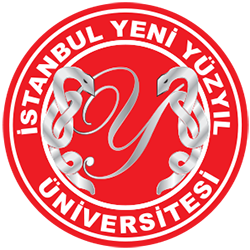| dc.contributor.author | Caglar, E. | |
| dc.contributor.author | Celebi, S. | |
| dc.contributor.author | Topak, M. | |
| dc.contributor.author | Develioglu, N.O. | |
| dc.contributor.author | Yalcin, E. | |
| dc.contributor.author | Kulekci, M. | |
| dc.date.accessioned | 2021-12-21T08:41:29Z | |
| dc.date.available | 2021-12-21T08:41:29Z | |
| dc.date.issued | 2016 | |
| dc.identifier.issn | 9374477 | |
| dc.identifier.uri | https://doi.org/10.1007/s00405-016-3907-7 | |
| dc.identifier.uri | http://dspace.yeniyuzyil.edu.tr:8080/xmlui/handle/20.500.12629/1438 | |
| dc.description.abstract | Oedema and ecchymose are frequent morbidities of septorhinoplasty, a facial surgical procedure for reforming the shape and functions of the nose. Periorbital oedema (PO) and periorbital ecchymose (PE) are normal occurrences, but are undesirable for patien | |
| dc.language.iso | English | |
| dc.publisher | Springer Verlag | |
| dc.title | How can periorbital oedema and ecchymose be reduced in rhinoplasty? | |
| dc.type | Article | |
| dc.relation.journal | European Archives of Oto-Rhino-Laryngology | |
| dc.identifier.issue | 9 | |
| dc.identifier.startpage | 2549 | |
| dc.identifier.endpage | 2554 | |
| dc.identifier.volume | 273 | |
| dc.identifier.doi | 10.1007/s00405-016-3907-7 | |
| dc.relation.issue | 9 | |
| dc.relation.volume | 273 | |














